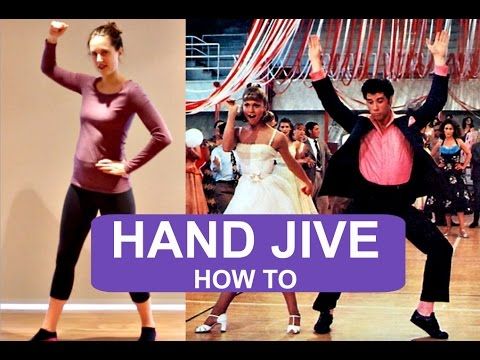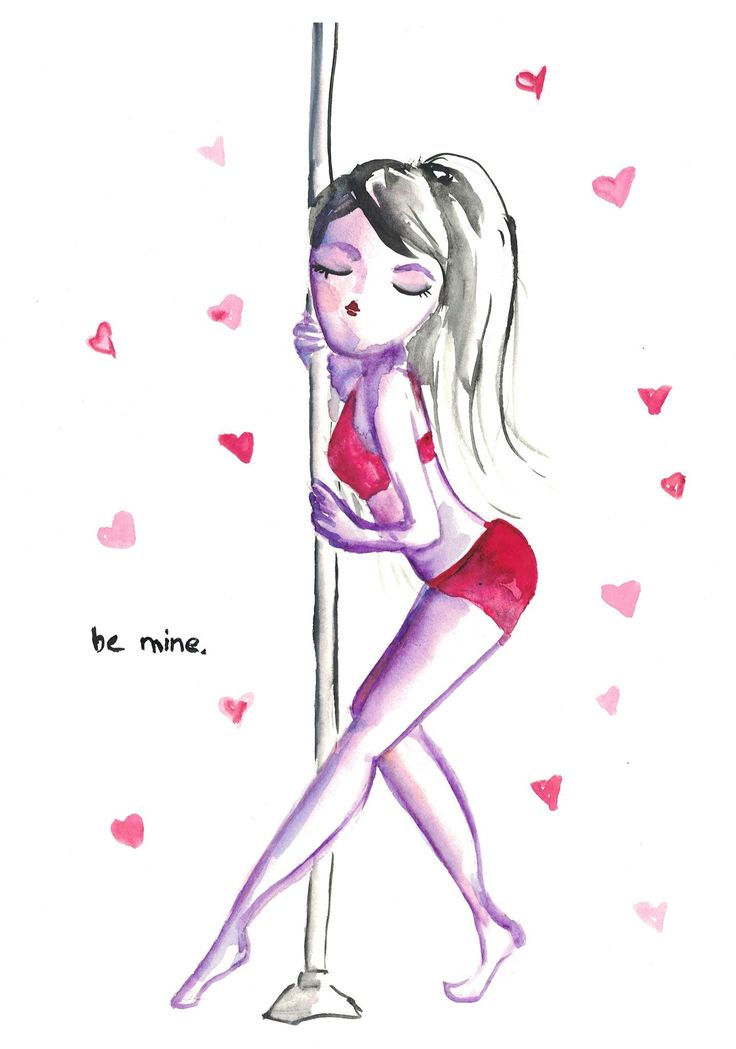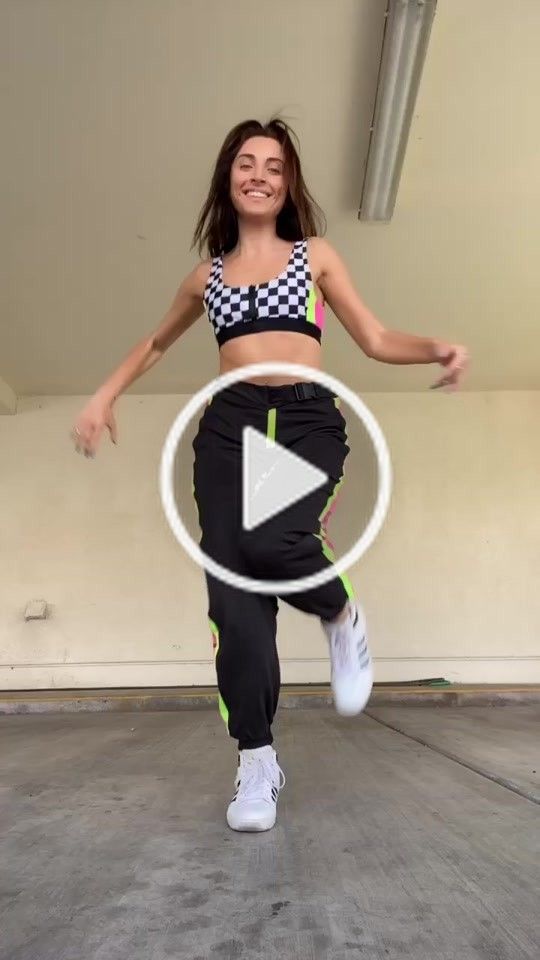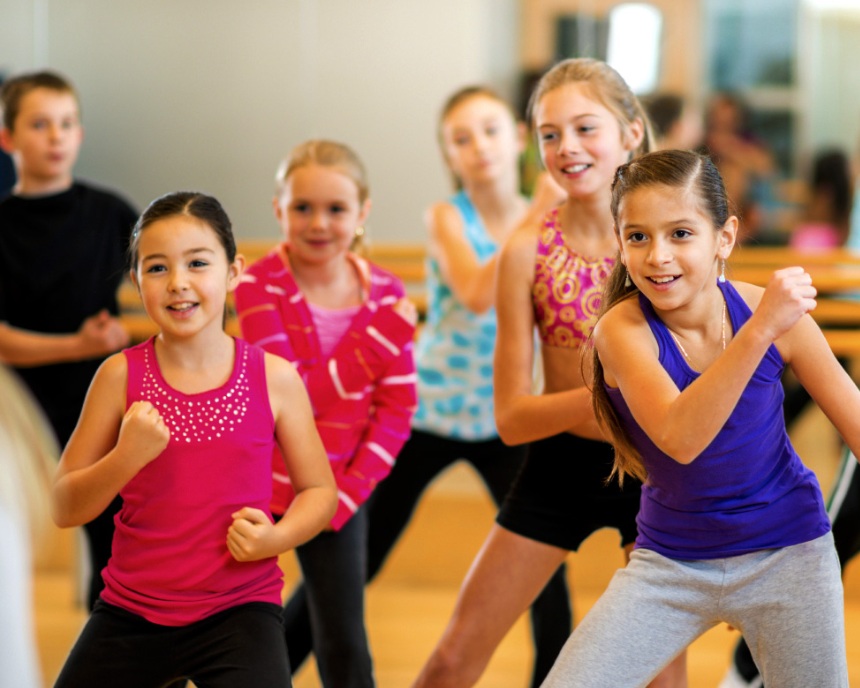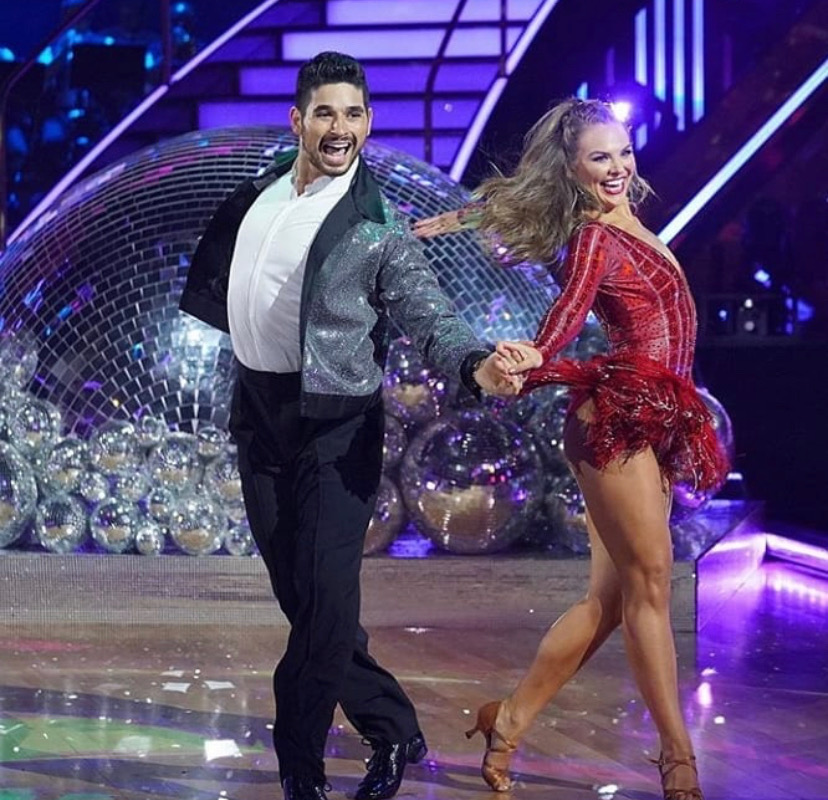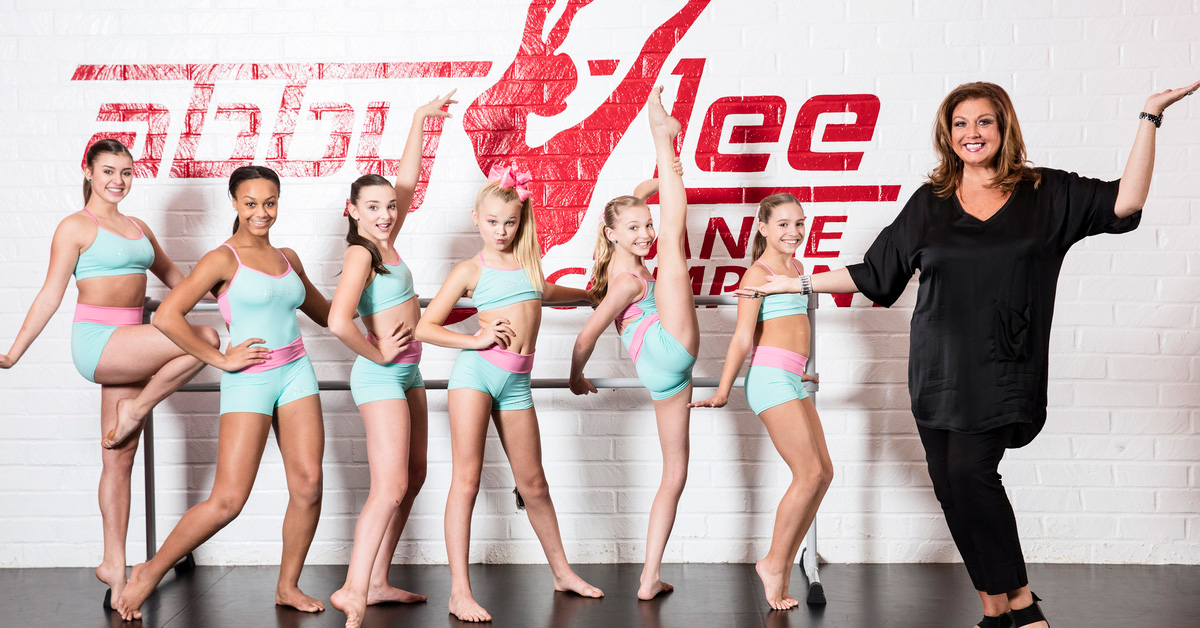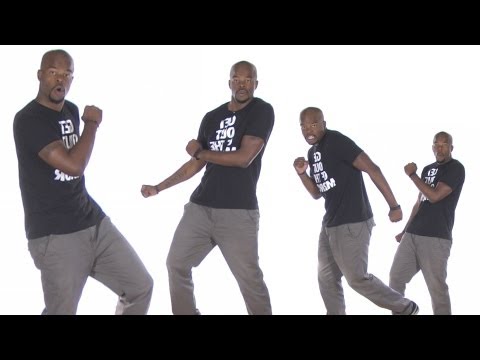How to do the hand dance
History of DC Hand Dance
History of D.C. Hand Dance
Author: Rose A. Manriquez
(Original, December 1999; Update, April 2021)
To significantly cover the history of D.C. Hand Dance (DCHD), as I and countless others lived it, let's identify the critical what, when, who, why and where of the dance as follows.
What Is D.C. Hand-Dance? DCHD is a regional and time-period specific version of the American swing/jitterbug dance. DCHD originated in the Washington, DC, Metropolitan area (DC, MD and VA) in the early to mid-1950s. Swing dance has existed in many different styles, versions and cultures since swing music began. From its beginning, DCHD was referred to and called “D.C. Hand-Dance/Hand-Dance,” “D.C. Swing,” “D.C. Style” (swing), “SE Style,” “Queenstown” and “fast dance” (all meaning DCHD). This was the first time a version of “swing” dance was termed “Hand Dance.”
DCHD is characterized by very smooth footwork and movements, and close-in and intricate hand-turns, all danced to a 6-beat, 6 to 8 count dance rhythm. It is a close-contact swing dance. The footwork consists of smooth and continuous floor contact, sliding and gliding-type steps (versus hopping and jumping-type steps). Partners move to and from each other in slotted/track movements, and around each other, while executing smooth footwork, various hand-turns and other dance moves. The partners’ hands (either one or both) are usually joined in some way, thereby calling the dance, “Hand-Dance.”
DCHD is basically a “street” swing dance with an “attitude.” It is ad-libbed and non-choreographed, danced “at and for the moment as the partners’ feelings to the music occur.” This dance is best danced to rhythm and blues (which inspired its beginning, along with rock and roll), or other sensual-type swing music (such as funk, funk or blues rock, big band and beach music).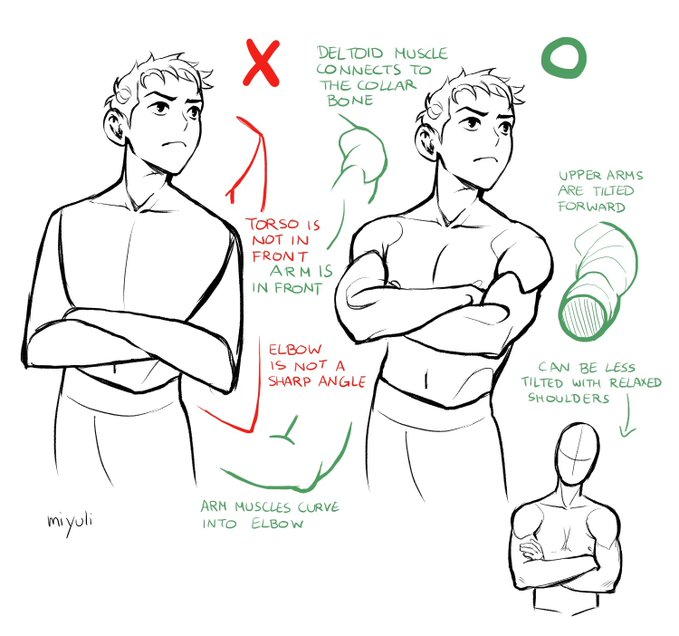 DCHD is a “sensual” swing dance. DCHD has evolved in movement and style, but the smooth footwork and hand-turns to the 6-beat, 6 to 8 count dance rhythms remain the same.
DCHD is a “sensual” swing dance. DCHD has evolved in movement and style, but the smooth footwork and hand-turns to the 6-beat, 6 to 8 count dance rhythms remain the same.
When Did D.C. Hand-Dance Begin? DCHD began in the mid-1950s. It was going on before American Bandstand (Philadelphia, PA), the Milt Grant Show (D.C.) and the Buddy Dean Show (Baltimore, MD) were televised. When these shows came to TV, we would dance along with the dancers (at home) if we couldn’t go ourselves.
Who Began D.C. Hand-Dance? Regional dancers from DC, MD and VA, from all cultures and backgrounds, hungry for a new rhythmic swing-dance expression, began this version of swing/jitterbug. DCHD is time-period and regional specific. It is also specific to the enthusiastic and creative pre-teens of yesterday and today who loved/love to dance, and still do.
Why D.C. Hand-Dance Began and Why It is Called D.C. Hand-Dance? DCHD began when rock and roll and rhythm and blues music became the craze. A new expression for swing/jitterbug dance began to the rhythmic and sensual music. Rhythm and blues music is “blues” put to expressive and sensual rhythms. Although DCHD was designed for rock and roll, rhythm and blues and funky dance rhythms, this unique swing dance is adaptable to all types of swing dance (and other dance) rhythms. It can be danced to fast, medium and slower dance rhythms. Its unique feature to break-down faster rhythms into what we call “half-time” rhythms allows for great hand-dancing to any and all types of swing and other rhythmic music. Hand-Dancing is so-called because the partners are always “holding or touching” hands in some way throughout their dance together.
A new expression for swing/jitterbug dance began to the rhythmic and sensual music. Rhythm and blues music is “blues” put to expressive and sensual rhythms. Although DCHD was designed for rock and roll, rhythm and blues and funky dance rhythms, this unique swing dance is adaptable to all types of swing dance (and other dance) rhythms. It can be danced to fast, medium and slower dance rhythms. Its unique feature to break-down faster rhythms into what we call “half-time” rhythms allows for great hand-dancing to any and all types of swing and other rhythmic music. Hand-Dancing is so-called because the partners are always “holding or touching” hands in some way throughout their dance together.
Where Was D.C. Hand-Dancing Danced and Where Is It Danced Today? In the mid-1950s, most of us began learning and dancing DCHD (at about the age of 12 or 13) while attending our various area junior high schools. (I began at Paul Junior High School in D.C.) It was more or less learned “on the street” (anywhere possible), and in small gatherings and brought back to the schools.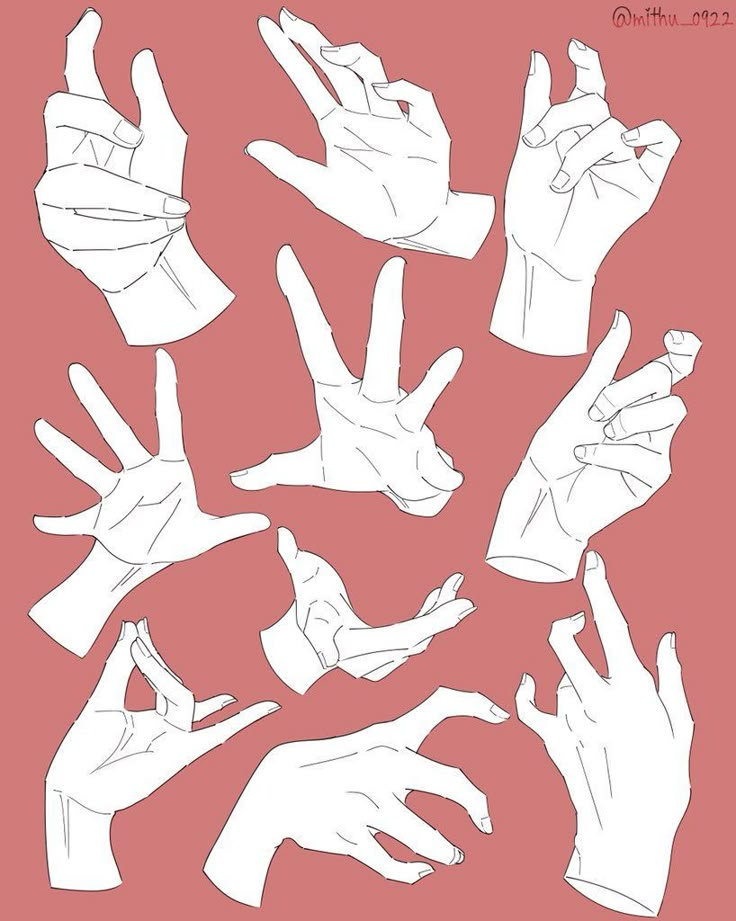 We went to our friends' and our own homes and danced. We would teach our siblings at home and practice with them or our friends. We practiced with doorknobs and doorframes when we were alone. We danced in the gymnasiums and on the ball fields after gym classes and at break times at school. Some assumed “lead” and others assumed “follow” roles.
We went to our friends' and our own homes and danced. We would teach our siblings at home and practice with them or our friends. We practiced with doorknobs and doorframes when we were alone. We danced in the gymnasiums and on the ball fields after gym classes and at break times at school. Some assumed “lead” and others assumed “follow” roles.
We danced at parties and on “Hot Shoppes” and “Mighty Mo” parking lots. We danced anywhere and anytime we could. All we needed was a loud radio or record player blasting our favorite music. We danced at area teen clubs and CYO clubs. In the late 1950s, we danced along with the TV dance shows, either in person or at home (since the "swing" dance beats and rhythms were the same). In the late 1950s and early 1960s, we danced at countless church halls and firehouses, and at various D.C. area landmark armories sponsored by popular DJs (e.g., Don Dillard). In the early 1960s area nightclubs such as the Alpine, Dixie Pig and Lions Den began holding weekly dance contests (some of us still have our trophies).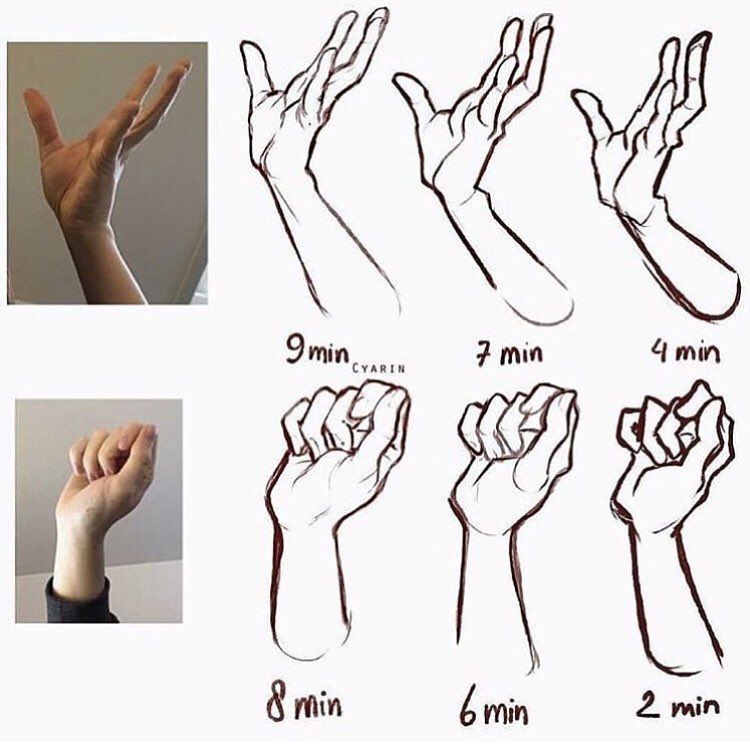 In the mid-1960s through the late 1980s, many hand-dancers danced at area clubs such as the Starlite, Rand’s, Benny’s, the Hayloft, Rocket Room, Shelter Room, Gus and John’s, Sonny’s Turntable Lounge, the Crossroads and Studebakers. In the 1990s and into the 2000s, popular dance venues included David’s Supper Club, various American Legion and Elks Clubs, Coconuts, Malibu’s, Legends, Mango’s, 94th Aero Squadron, Szechuan’s, Whispers, Tuckers and Coco Cabana. A few years ago, the D.C. Mayor announced Hand-Dance the official Dance of D.C.
In the mid-1960s through the late 1980s, many hand-dancers danced at area clubs such as the Starlite, Rand’s, Benny’s, the Hayloft, Rocket Room, Shelter Room, Gus and John’s, Sonny’s Turntable Lounge, the Crossroads and Studebakers. In the 1990s and into the 2000s, popular dance venues included David’s Supper Club, various American Legion and Elks Clubs, Coconuts, Malibu’s, Legends, Mango’s, 94th Aero Squadron, Szechuan’s, Whispers, Tuckers and Coco Cabana. A few years ago, the D.C. Mayor announced Hand-Dance the official Dance of D.C.
Some original Hand Dancers active in DCHD for 65-plus years remain in or near the D.C. Metropolitan area. We all strive to dance and teach others DCHD, and to enjoy, love and preserve the dance like we do. It’s our sport!
Since DCHD is an extremely social sport, the Covid-19 pandemic has greatly affected our dancing activities. We're hoping and praying we can soon continue the many diverse/multi-cultural Hand-Dance activities we once shared.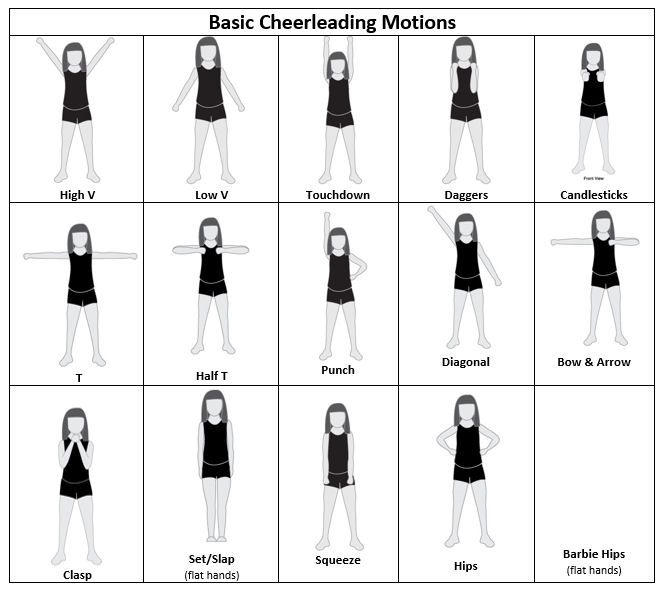
Please refer to the Club’s Website: www.dchanddanceclub.net, Hotline: 301-460-0800, and Facebook Page: DC Hand Dance Club Est. 1994, for Club updates and venue information.
About the Author, Rose A. Manriquez
Rose is an American-Spanish-Italian lady born in Washington, D.C., in the early 1940s. She retired in 2001 after completing 30 years of Federal Service and 11 years in Private Industry. In the mid-1950s, and early 1960s, she was a Red Cross Medical Volunteer and D.C.-based USO Volunteer Hostess. Rose was a Go-Go Dancer in Hollywood, CA, when Go-Go Dancing (and West Coast Swing) were first beginning. She has been dancing DCHD since it began over 65 years ago. Rose is a member of the Metropolitan Washington, D.C., Hand Dance Preservation Society, a.k.a. D.C. Hand Dance Club (a name she suggested for the Club in its beginning). She is also a member of the D.C. Hand Dance Club’s Hall of Fame. She originated the “Do It” slogan: “Hand Dancers Do It Holding Hands.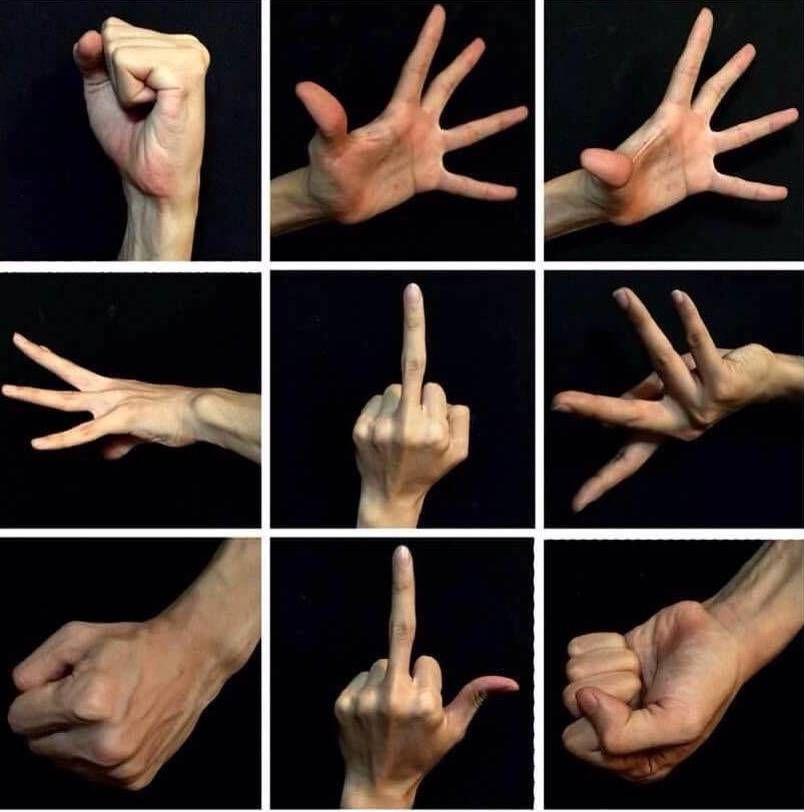 “ We sincerely thank Rose for her longtime dedication, love for, and contribution to hand-dancing and to the D.C. Hand Dance Club.
“ We sincerely thank Rose for her longtime dedication, love for, and contribution to hand-dancing and to the D.C. Hand Dance Club.
The “7” Step Hand Dance Academy (Capitol Heights, MD)
What we're about
This is a group for those who Hand Dance or are interested in learning the art form of Hand Dancing. In addition, the “7” Step Hand Dance Academy teaches Line Dance, Cha Cha, and Bop.
Hand Dance classes are taught in Maryland and Virginia. We also serve our community in many ways by sponsoring charity events such as “Feed the Homeless” and by participating in other community events such as “The NBC Health & Fitness Expo”. The “7” Step Hand Dance Academy offers a family-like atmosphere focused on health and wellness. We hope you will consider joining our family!
Upcoming events (4+)
See all
Hand Dance Class - Upper Marlboro, MD
The "7" Step Hand Dance Academy is dedicated to teaching, preserving, and promoting the African American art form of D.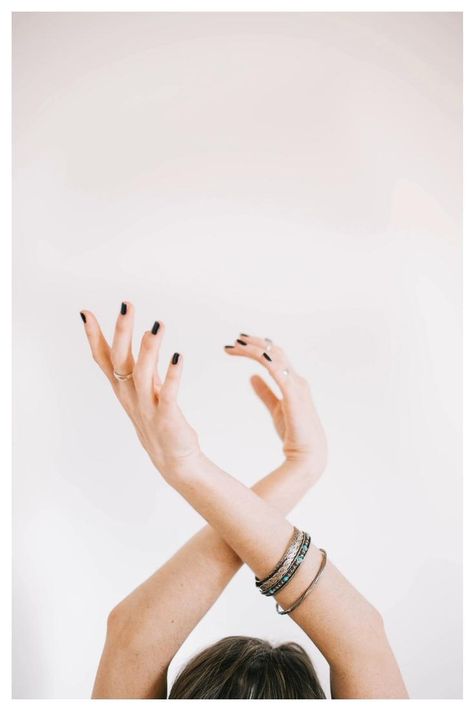 C. Hand Dancing. If you have ever wanted to learn how to hand dance, this class is for YOU!
C. Hand Dancing. If you have ever wanted to learn how to hand dance, this class is for YOU!
We provide all levels of instruction:
Beginners – 10:00 to 11:00 a.m.
Intermediates – 11:15 to 2:15 p.m.
This pay-as-you-go session is $10 per class. No pre-registration is required. Payment is made to the instructor each week when you come to class. Several payment options are available.
For more information, contact:
Mia Jones (804)[masked]
Sharon Redfern (301)[masked]
Ray Morton (240)[masked]
Follow our hand dance organization on social media @7stephhanddance or visit our website at www.7stephanddanceacademy.com.
Hand Dance Class - Upper Marlboro, MD
The "7" Step Hand Dance Academy is dedicated to teaching, preserving, and promoting the African American art form of D.C. Hand Dancing. If you have ever wanted to learn how to hand dance, this class is for YOU!
We provide all levels of instruction:
Beginners – 10:00 to 11:00 a.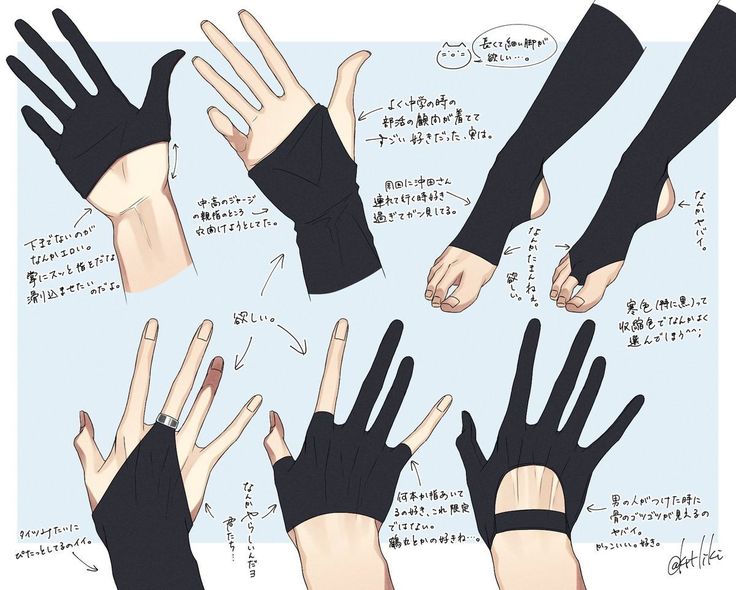 m.
m.
Intermediates – 11:15 to 2:15 p.m.
This pay-as-you-go session is $10 per class. No pre-registration is required. Payment is made to the instructor each week when you come to class. Several payment options are available.
For more information, contact:
Mia Jones (804)[masked]
Sharon Redfern (301)[masked]
Ray Morton (240)[masked]
Follow our hand dance organization on social media @7stephhanddance or visit our website at www.7stephanddanceacademy.com.
Hand Dance Class - Upper Marlboro, MD
The "7" Step Hand Dance Academy is dedicated to teaching, preserving, and promoting the African American art form of D.C. Hand Dancing. If you have ever wanted to learn how to hand dance, this class is for YOU!
We provide all levels of instruction:
Beginners – 10:00 to 11:00 a.m.
Intermediates – 11:15 to 2:15 p.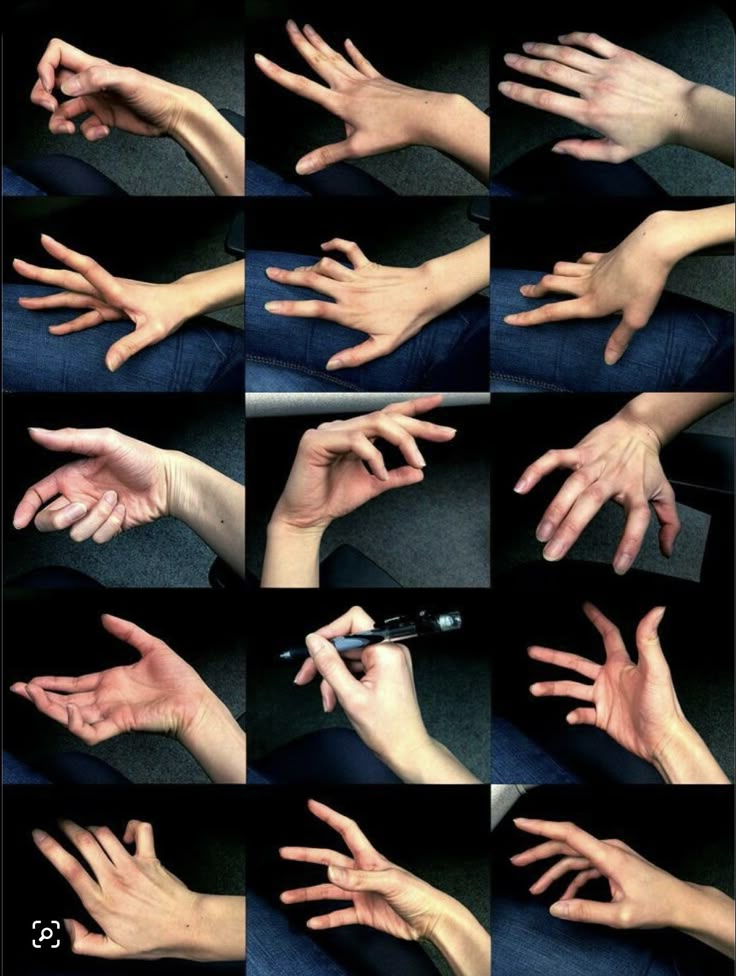 m.
m.
This pay-as-you-go session is $10 per class. No pre-registration is required. Payment is made to the instructor each week when you come to class. Several payment options are available.
For more information, contact:
Mia Jones (804)[masked]
Sharon Redfern (301)[masked]
Ray Morton (240)[masked]
Follow our hand dance organization on social media @7stephhanddance or visit our website at www.7stephanddanceacademy.com.
Hand Dance Class - Upper Marlboro, MD
The "7" Step Hand Dance Academy is dedicated to teaching, preserving, and promoting the African American art form of D.C. Hand Dancing. If you have ever wanted to learn how to hand dance, this class is for YOU!
We provide all levels of instruction:
Beginners – 10:00 to 11:00 a.m.
Intermediates – 11:15 to 2:15 p.m.
This pay-as-you-go session is $10 per class.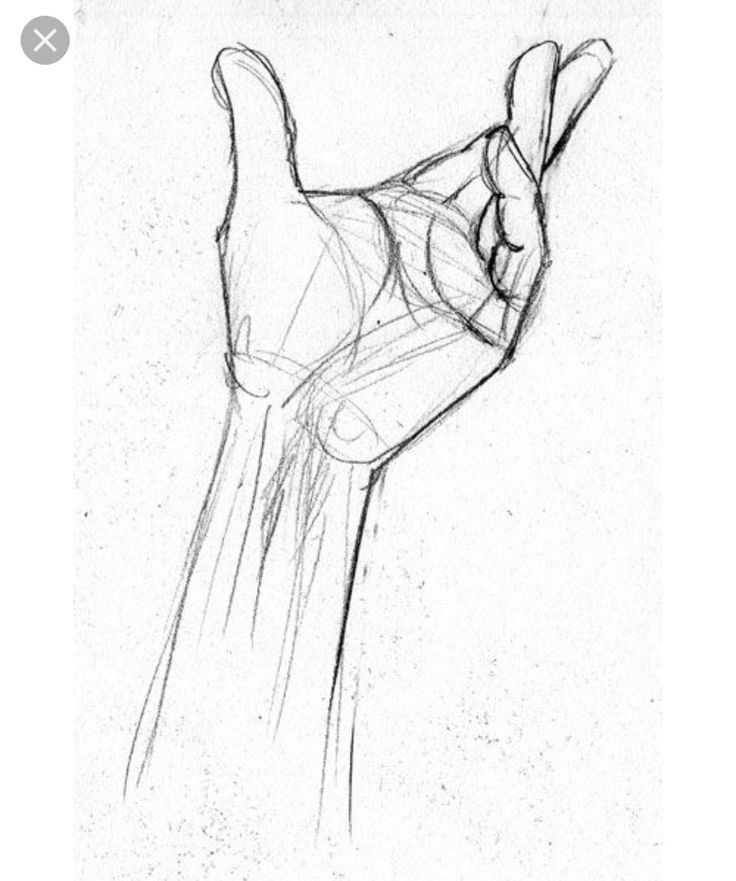 No pre-registration is required. Payment is made to the instructor each week when you come to class. Several payment options are available.
No pre-registration is required. Payment is made to the instructor each week when you come to class. Several payment options are available.
For more information, contact:
Mia Jones (804)[masked]
Sharon Redfern (301)[masked]
Ray Morton (240)[masked]
Follow our hand dance organization on social media @7stephhanddance or visit our website at www.7stephanddanceacademy.com.
Past events (605)
See all
Manassas Park (VA) Hand Dance Class (Fall 22' Session)
How to improve yourself in breakdancing
Red Bull b-boy athlete Killa Kolya gives 10 clear tips - a complete guide to breakdancing.
You can start at home!
If you have a desire to dance breaking, try this direction, you can even start at home. Find tutorial videos on youtube and try to repeat what they show there. And if the desire to dance has already finally taken shape, then it's time to find any studio where there is a break dance and sign up. nine0003
nine0003
Form - free!
Clothing should be loose: not to fetter anywhere, not to squeeze, not to tighten. An excellent option can be hoodie pants and a T-shirt, you can even go up a size. And sneakers or sneakers, whoever is more comfortable.
Breakdance equipment also includes a hat and a jacket: a hat is needed in order to perform elements below, where the head touches the floor, so that there is protection, and the jacket helps to spin - it glide better, and also serves as protection. nine0003
Everyone will find their form
© Dean Treml/Red Bull Content Pool
And then everyone will find their form. You can see what your favorite b-boys have chosen as their equipment. You will see that someone has chosen tight clothes for themselves, someone prefers jeans. After all, the form is a continuation of the dance style. So, when you form your style, you will understand what is better to dance in. For example, if there is a big emphasis on stretching, it is better to give preference to loose clothing, it will be more comfortable in it.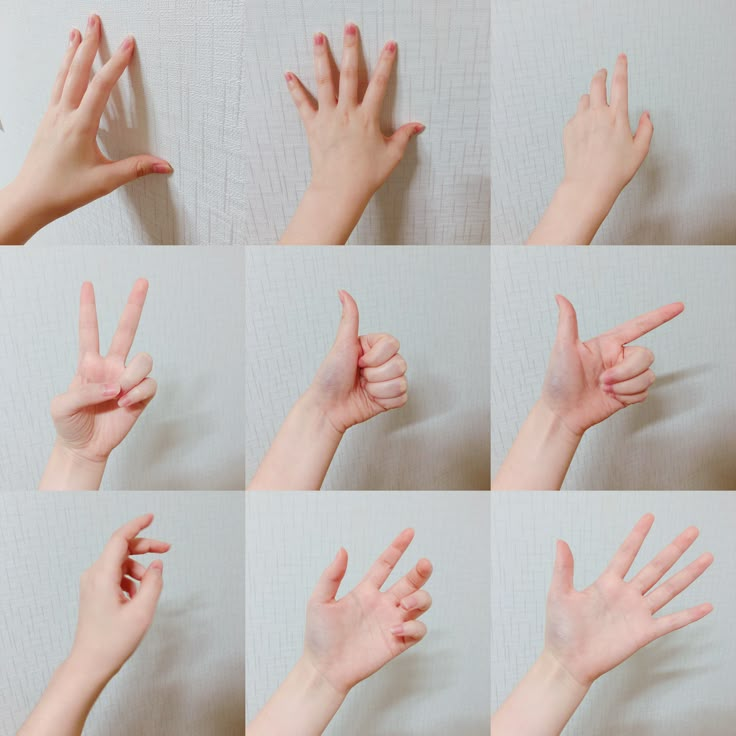 nine0003
nine0003
The Basic Approach - The Foundation of Your Training
© Ali Bharmal / Red Bull Content Pool
The Basic Approach
The classic way to organize your workout is to warm up, learn the movements, pump and stretch at the end of your workout. If you approach it from the dance side, then toprock is the best warm-up. This is a dance that does not have complex elements and physical activity, but at the same time, arms, legs, and the body are involved in it. If you give it 15-20 minutes, you can warm up well, here you need to follow the sensations. After that, you can move on to the movements below, for example, use the calls down and footwork. And when you feel that you are already in the right condition, you can proceed to the study of complex elements. And as a download, I most often do the breakdance elements themselves, I do them for the number of approaches: this is how the element is worked out and the download occurs. And finally, the basic stretch. nine0003
And finally, the basic stretch. nine0003
Atmosphere
When choosing a place to train or dance, remember that atmosphere matters. There must be a spirit of creativity and the same people, close in spirit, from whom you will charge and charge them. To have an energy exchange. Plus to everything - there should be a good floor. For b-boys, it is important that there is a slippery floor, it is easier to perform spinning elements on it.
The choice is yours
If you break breaking into directions, then for each you need to master certain movements that will help you master the direction itself. For example, for toprock, the quality of the hull is important. That is, so that not only the arms and legs work, but the body shakes. In general, for any dance direction, the basis of the dance is the quality. For breaking use funk-kach. nine0003
For footwork there is a basic movement - Russian Steps: squatting, not holding hands, swings legs alternately. If you have seen Russian folk dances, then you can imagine what it is about.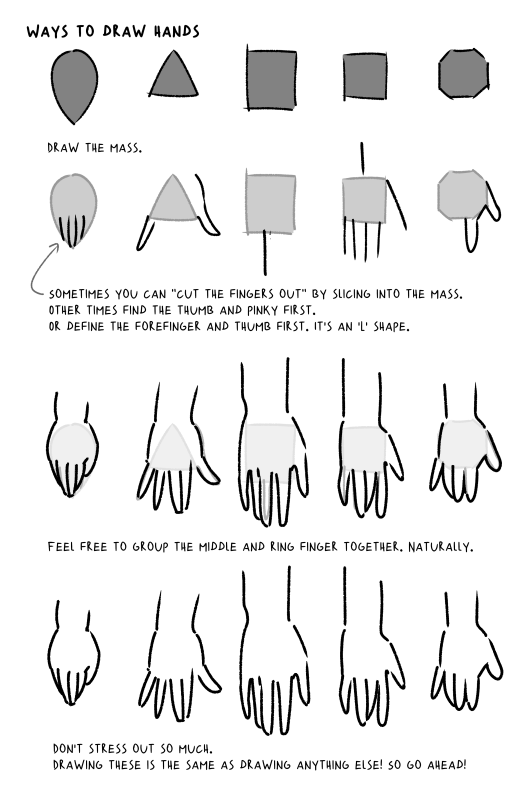
It is imperative to master this movement so that all other movements and elements of direction can be easily obtained.
Don't give up!
© Little Shao/Red Bull Content Pool
For more physically demanding moves like power moves and power tricks, you need to be able to do different handstands, headstands, shoulder stances and so on. And from here it will be easier to learn more complex elements. nine0003
Do not throw
If movement is not given, the reason must be found. If we are talking about simple directions, then, most likely, there is not enough technique, and you just need to work on this movement more.
If a complex element is not given, most likely, there is not enough physical preparation and you need to pump up or learn something additional about this element.
It happens that an element is not given at all for a very long time, and then you need to give it time. Don't get hung up.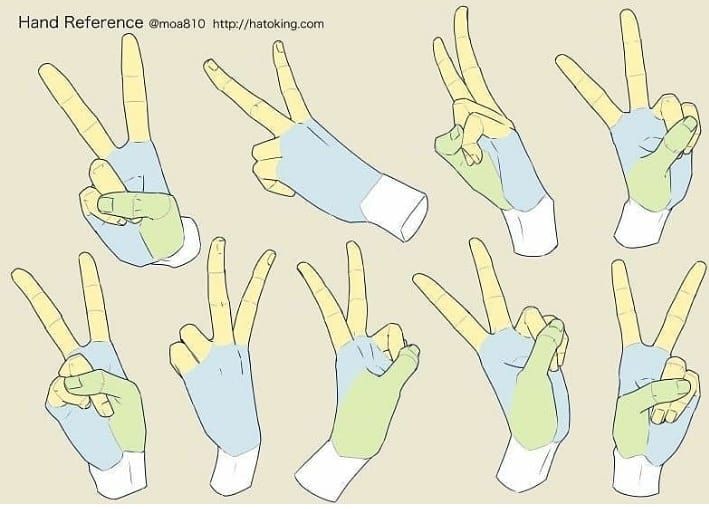 Continue to teach him, repeat each lesson, but do not torture yourself with questions why he is not given. Each element has its own period and operating time. The main thing is not to throw. nine0003
Continue to teach him, repeat each lesson, but do not torture yourself with questions why he is not given. Each element has its own period and operating time. The main thing is not to throw. nine0003
Mood, Attitude and Approach
© Dean Treml/Red Bull Content Pool
Mood, Attitude and Approach
The essential elements for a successful session are your mood, your attitude, what you want to get out of this workout and your approach, how serious are you. This is the basis that is important for any workout and result.
Protect yourself!
To prevent injuries, it is important to learn the technique of the elements. When you approach the study of a certain element, it has its own technique. In order to learn how to do it as safely as possible, you need to master this technique. nine0003
Well, protect yourself. As I said before, wear a hat and sweater to cushion falls. Because in the process of studying the elements, there will still be some minor bruises, bruises, abrasions.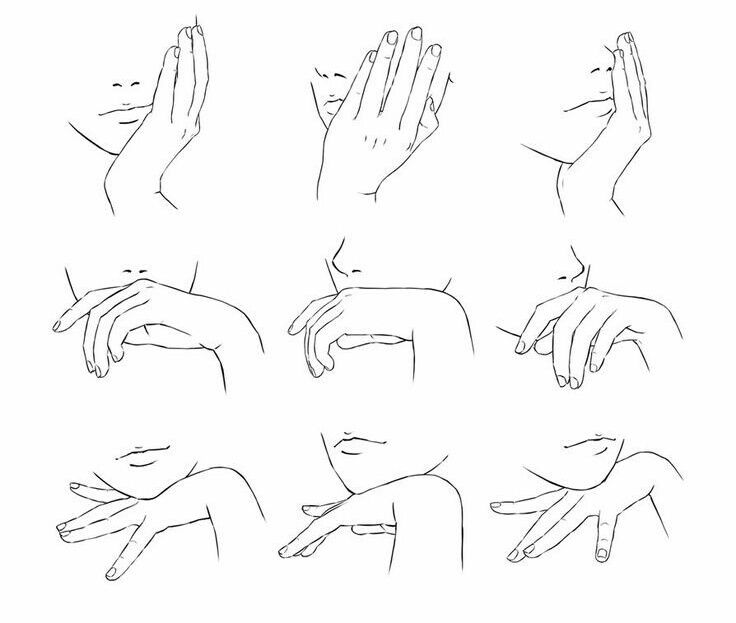 But this is inevitable, because this is an extreme dance.
But this is inevitable, because this is an extreme dance.
Protect yourself!
© Nika Kramer/Red Bull Content Pool
Serious injuries such as dislocations or fractures are very rare. And they are always the result of an illiterate approach, when you are not sufficiently prepared to try something difficult. nine0003
Well, pumping helps against injuries: the body becomes stronger and easier to endure a collision with the floor. And with experience, you learn the art of the right fall, a cat skill is developed. This is where stretching helps.
Dance with what doesn't hurt
If you are injured, approach wisely. If necessary, see a doctor or take a break from training to recover. And if the injury is minor, wait for everything to pass, but you can not miss training, just distribute the load so as not to use the sore spot. As I tell my students: if your arm hurts, dance top rock, if your leg hurts, stand on your hands. nine0003
nine0003
Stretch, people!
© Ali Bharmal / Red Bull Content Pool
Stretching matters
Stretching is very important, a key moment not only for dance, but also for the well-being of a person. The better you stretch, the better your body obeys you. Stretching is very important to me because it is the foundation of my dance. Everything I do in dance is done with my stretched body. That's where my style came from. But in general, stretching is important for every person in dance: sports, life. So stretch, people! nine0003
Break dance training. VIEW ALL LESSONS >>>
Breaking or break dance (break dance) - one of the most spectacular areas of street dance, which includes torsion, energetic "runs" and sudden stops of the dancer (freez) during his exit. The dance style began to form in the early 70s in New York in the Bronx area. Only a few years have passed and from the underground dance breakdance has received worldwide fame and recognition.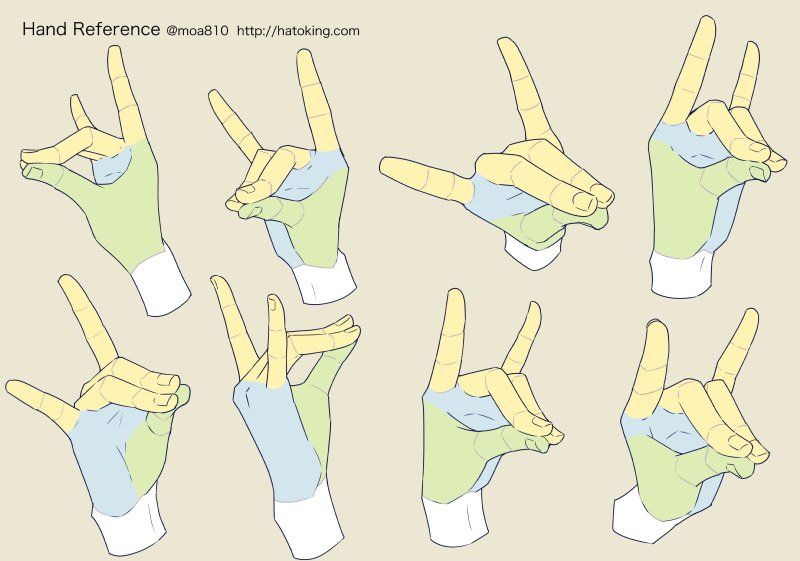 Today, breaking is one of the strongest dance subcultures, with a developed technique, system of events and a real street spirit. On this page you will see break dance lessons for beginners. nine0003
Today, breaking is one of the strongest dance subcultures, with a developed technique, system of events and a real street spirit. On this page you will see break dance lessons for beginners. nine0003
If you want to learn how to breakdance and feel that you cannot do without a mentor, come to the Dragon Dance School for a trial breakdance lesson. Since 2000, we have been helping people learn how to move beautifully and feel the music. Already several thousand people have been trained and learned to dance. Even if you have never worked out before, even if you are not in good physical shape now, all this is easily fixable. You will understand that learning to dance is easy. Come for a free trial lesson. nine0003
Break dance training for beginners: the right warm-up
Any dance lesson in any style, be it breaking or hip-hop dance, should begin with a warm-up.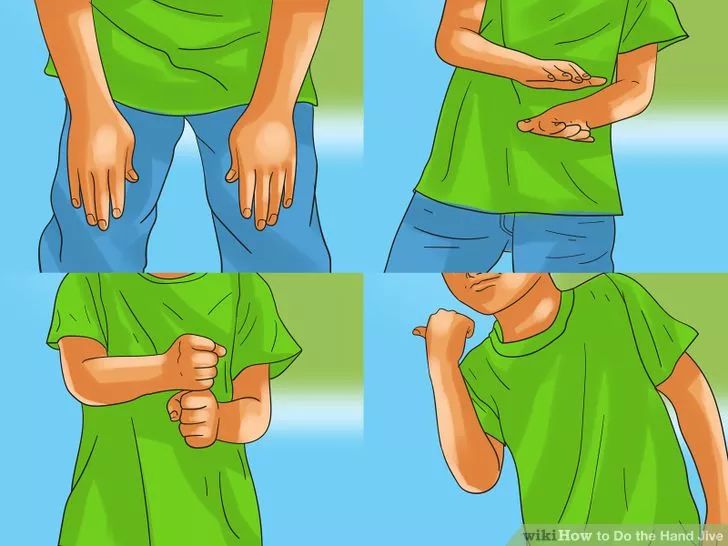 This allows you to warm up the body, muscles and ligaments. This is especially important for learning the lower break, since it uses the maximum resources of the body, which means that in order to swing to the fullest, you need to warm up a lot, maybe even sweat a little.
This allows you to warm up the body, muscles and ligaments. This is especially important for learning the lower break, since it uses the maximum resources of the body, which means that in order to swing to the fullest, you need to warm up a lot, maybe even sweat a little.
Break dance video lessons: top rock (top rock)
Top rock is what the dancer does before entering the lower elements. However, top rock should not be neglected, for a good dancer is easily recognized by the first moves of top rock. It's like a business card. Look online lessons on top rock and learn the elements suggested there. This will allow you to learn how to breakdance even at home.
1. Break dance school: Top rock 1
2.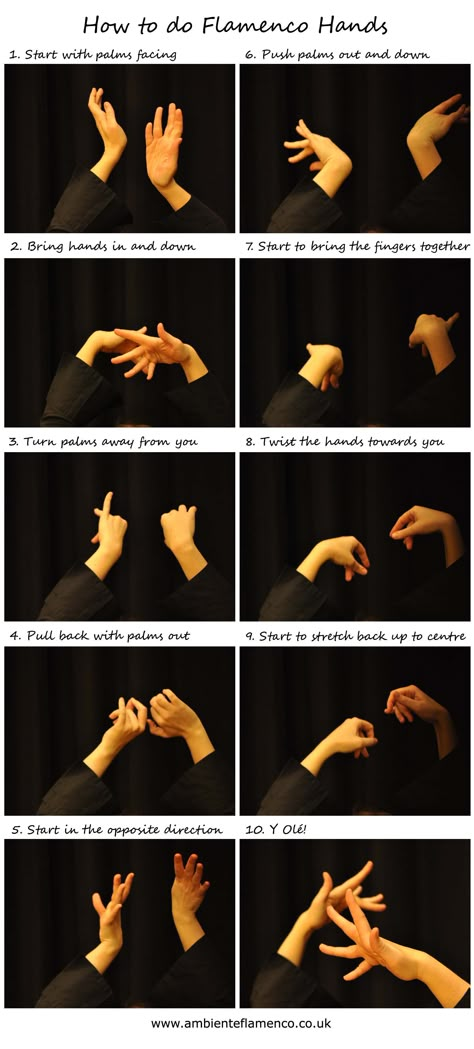 Break dance lessons: Top Rock 2
Break dance lessons: Top Rock 2
3. Top Rock 3. Movement Break DANSA for beginners
4. 00 TOP ROCK 4. Street dancing lessons Bray 9000 9000 9000 9000 9000 9000 9000 9 children and not only in Moscow. Sign up and come to a trial lesson
Basic technique: footwork (style)
Footwork or style is one of the main sub-styles in breakdance. It includes, as the name suggests, "footwork". And indeed it is. A variety of "running", "cutting" and so on. Each bboy tries to stand out in footwork and do it in his own way. Therefore, it is important to learn the basics at the beginning, and then proceed to improvise and develop your own manner in footwork. nine0003
1.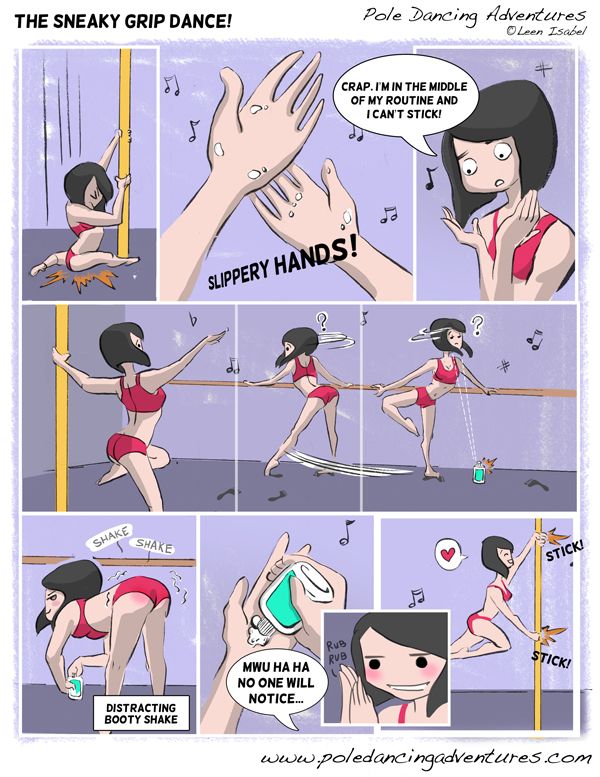 How to learn how to dance Break DANS: Sharchka
How to learn how to dance Break DANS: Sharchka
2. Break DANS LUCK: SIX STPS
3. Online lessons BREAK DANSA: Three Steps 901
9000. dance for beginners: CC's
Basic technique: Freez/Power trix
If you watched breakdance videos from battles, then you probably remember that during the dance, the b-boy can suddenly stop or freeze in the most incredible position. These stops are called "friezes". Also in breakdance, many elements are performed from a handstand, elbows, etc. This power substyle is called "trix". Watch break dance lessons and master the base of these directions. nine0003
1. Break dance.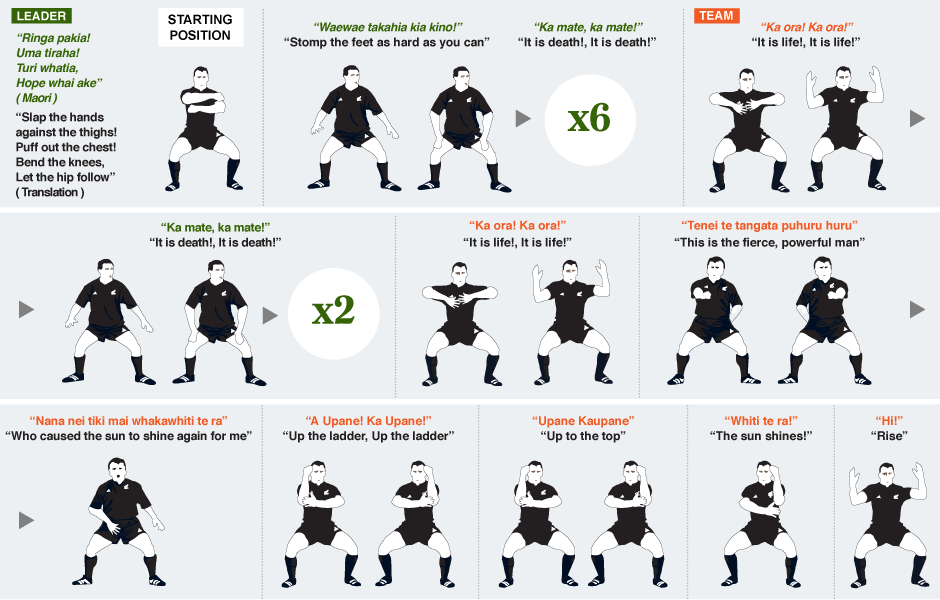 Where to start: Balance
Where to start: Balance
2. Freez 1. How to learn Break Dance Frisa
3. Video Dance Lessor Break 2 9000 9000
4. Freez 3. Break dance lessons
Basic technique: Power move
Finally, we move on to the most spectacular part of break dance for many - power moves. These are power movements, all kinds of torsion on the head, back, various "air twists" and "air tracks". Indeed, power moves are the hallmark of breaking. In order to learn how to bray dance and perform complex elements, you will first need patience. Every break dance move requires thoughtful practice. Therefore, if something did not work out on the first try, do not be discouraged.